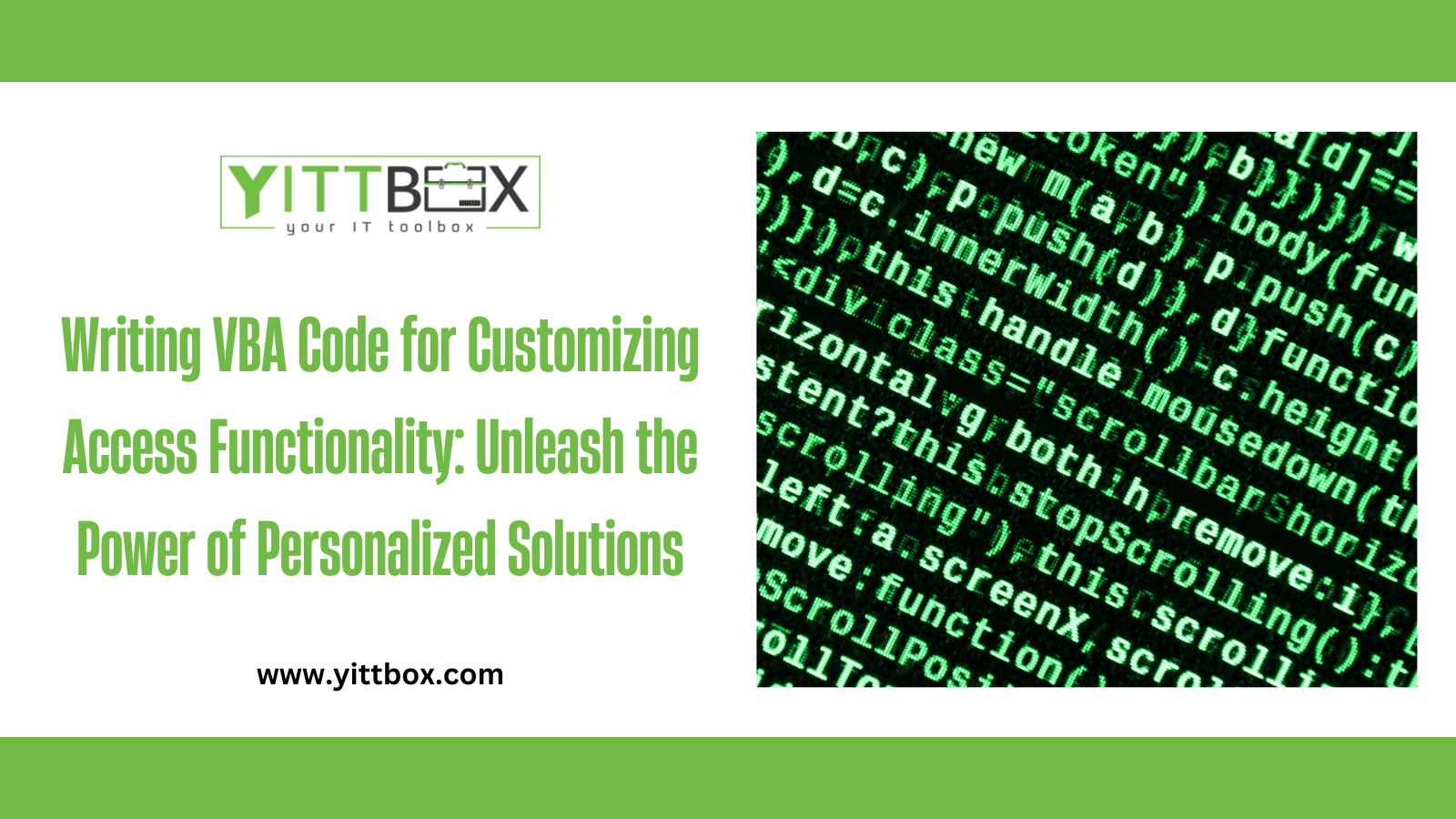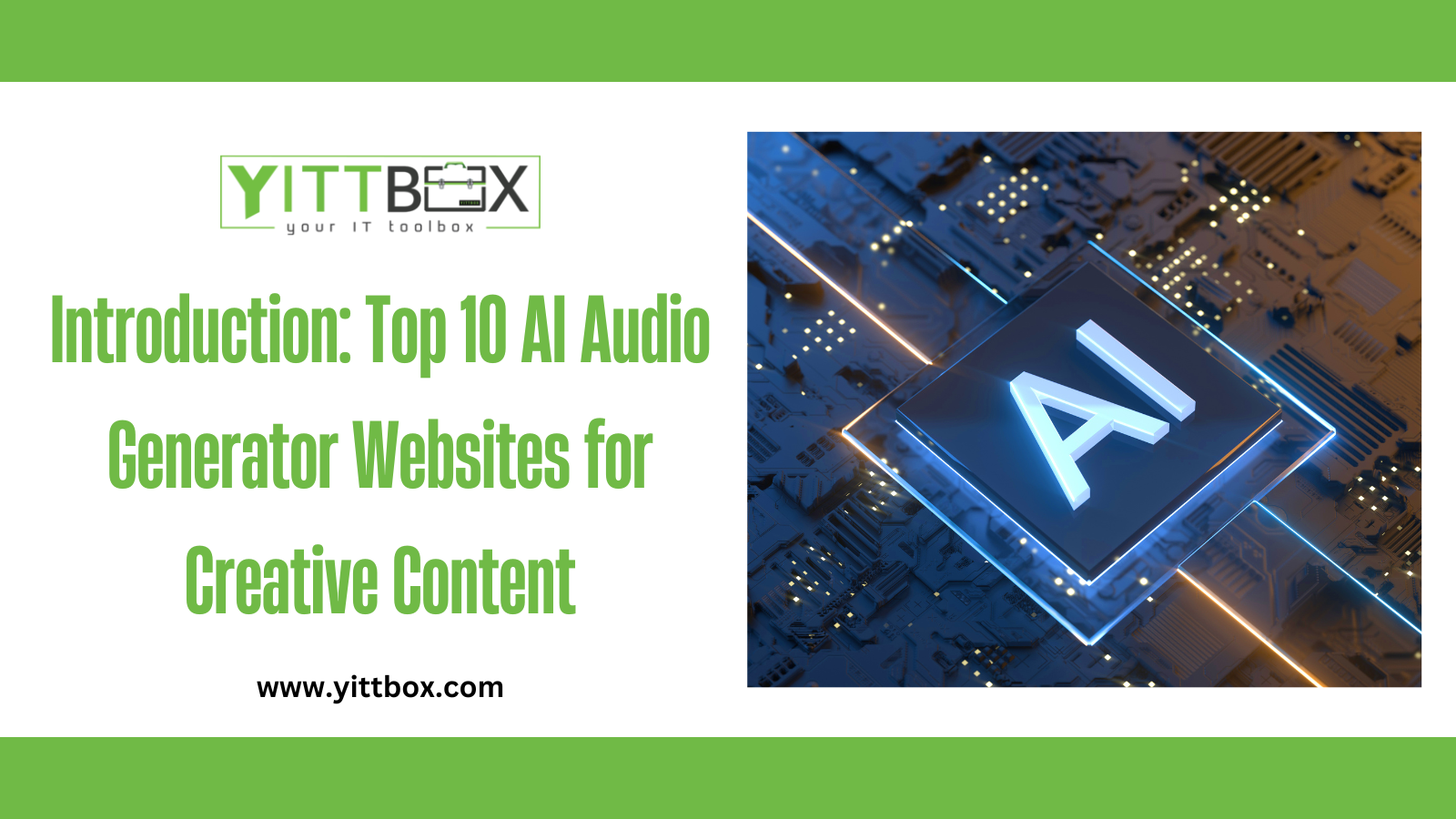Mastering Formula Debugging with Excel’s Advanced AI
In today’s fast-paced business world, Excel remains the backbone of financial modeling and data analysis. Yet, anyone who’s wrestled with complex formulas knows how frustrating debugging can be, endless scanning, fixing broken links, and painstakingly rebuilding. What if there was a smarter way? Enter Excel’s AI-powered formula assistant: a quiet game-changer working behind the scenes to help professionals streamline their workflow, reduce errors, and elevate their analysis.
The Invisible Formula Editor
Behind every great financial model today stands an unseen ally, Excel’s AI formula assistant. This isn’t some futuristic fantasy; it’s actively scanning spreadsheets in private equity firms, audit teams, and corporate finance departments as you read this.
Why Manual Debugging Became Obsolete
Experienced analysts recognize the pain points, staring at nested functions, tracing formula precedents, or rebuilding logic from scratch. Traditional debugging feels like archaeology, slowly uncovering issues layer by layer. Modern Excel treats the task like an MRI, instantly highlighting weak points and errors.
The Mechanics of Machine-Assisted Logic
Microsoft’s AI goes far beyond simple error-checking. It maps formula dependencies with architectural precision, anticipates bottlenecks before performance suffers, and suggests optimizations as thoughtfully as a chess engine strategizes its next move.
The Human-AI Collaboration
Smart firms don’t see this AI as a replacement but as a powerful partner. Senior analysts focus on strategic insights while AI handles formula troubleshooting, delivering timely, reliable models without the last-minute panic.
Accessing This Competitive Edge
This advanced feature lives within Excel’s settings, no plugins required. Activating it transforms your formula auditing from a magnifying glass into an electron microscope, revealing layers of insight previously hidden.
The New Spreadsheet Workflow
Imagine starting your day with AI-assisted scans of your workbooks: instant structural analysis of complex formulas, efficiency tips for resource-heavy calculations, and clear, plain-language explanations of issues.
The Professional Paradigm Shift
This is more than just convenience; it’s a fundamental change in how analysts allocate their time. Instead of endless fixing, they spend more time interpreting data, turning spreadsheets from maintenance headaches into strategic tools.
Implementation Considerations
While powerful, this tool requires caution when working on sensitive models, validation to ensure mission-critical accuracy, and training to best interpret AI recommendations.
The Path Forward
Leading organizations treat this AI assistant not just as a feature, but as an integral part of their modeling standards. The next step? Custom AI models trained on company-specific conventions, further boosting productivity and precision.
Conclusion: Embrace the Future of Excel Mastery
Excel’s AI formula assistant isn’t here to replace expertise, it’s here to amplify it. The best analysts will harness this technology to deliver faster, more accurate insights at scale. For those ready to evolve, this marks the start of Excel’s most productive era yet. The question is no longer if you will adopt these tools, but how quickly you’ll integrate them into your workflow. If you’re considering enterprise-level deployment or need tailored solutions for regulated environments, the conversation begins with understanding your unique challenges. Together, we can help you unlock the full potential of AI-powered spreadsheet mastery.

.png)





